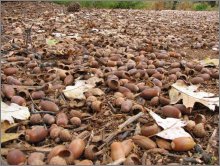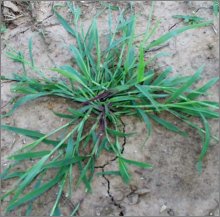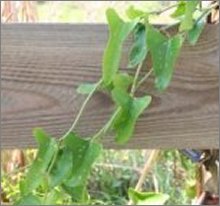|
|

|

10 Edible Plants to Look for if You are Ever Lost in the Wild
by www.SixWise.com If you were ever lost in the wilderness, surrounded by plants
that could either nurture you or harm you, would you be able
to make the distinction? If you're like most Americans, probably
not.
|

Here's one that almost everyone should recognize. The
inner seed of an acorn is edible (though bitter tasting).
|
And though the chances that you'll ever become stranded in
the wild are admittedly slim, it's always a good idea to be
educated about your natural environment -- and it's a great
conversation starter for cocktail parties too!
A few words to the wise before we delve into some of the
most common edible wild plants in the United States. Foraging
for any type of food must be done with caution, and unless
you are truly well-versed in the issue, should probably only
be done on a survival basis.
This is because many plant species look alike, and safety
can vary widely between similar-looking plants. Even "safe"
edible plants can cause allergic reactions in some people,
while others may be tainted by pollution (such as plants next
to a roadside) or chemicals (such as those sprayed with pesticides).
With that in mind, here is a listing of common plants that
ARE safe to eat if you are ever lost in the wild, or feeling
otherwise adventurous:
|

Though typically thought of as a weed, crabgrass is
entirely edible if you're in need of a survival food.
|
-
Acorns: All acorns from Oak trees are edible.
Remove the shell and eat the inner seed.
-
Grasses: Most grasses in North America are edible,
but the most nutritious sections are the large seed heads
or clusters. The safest, and most common, grass varieties
are crab, goose, foxtail, blue, rye, and orchard, along
with wild oats and millet.
-
Pine cones: The cones from pine trees contain
edible seeds that can be extracted by gently heating the
cone.
-
Cattails: The root, new shoot and head of cattails
are all edible.
-
Dandelions: The leaves of the dandelion plant
can be eaten, along with the mature flower and the root.
-
Roses: Fresh
rose petals can be eaten, and so can dried, pitted
rose hips (which can also be found during the winter).
- Violets: The flowers and the leaves are edible.
|

Edible greenbrier plants can be found in most areas
of the United States from spring to mid-autumn.
|
-
Waterlillies: Almost all waterlillies are edible
(the roots, leaves, buds and seeds are all safe) as long
as you get them from non-polluted water.
-
Sunflowers: You can eat the petals, the bud and
the seeds.
-
Greenbriers: The green leaves, sprouts and shoots
can all be eaten raw.
Recommended Reading
Edible
Flowers: 20 of the Tastiest and Most Versatile
Poisonous
Plants: Common Indoor/Outdoor Plants that Most People Don't
Know are Poisonous
Sources
Mother
Earth News
Wilderness-Survival.net
To get more information about this and other highly important topics, sign up for your free subscription to our weekly SixWise.com "Be Safe, Live Long & Prosper" e-newsletter.
With every issue of the free SixWise.com newsletter, you’ll get access to the insights, products, services, and more that can truly improve your well-being, peace of mind, and therefore your life!
|
|
|
|